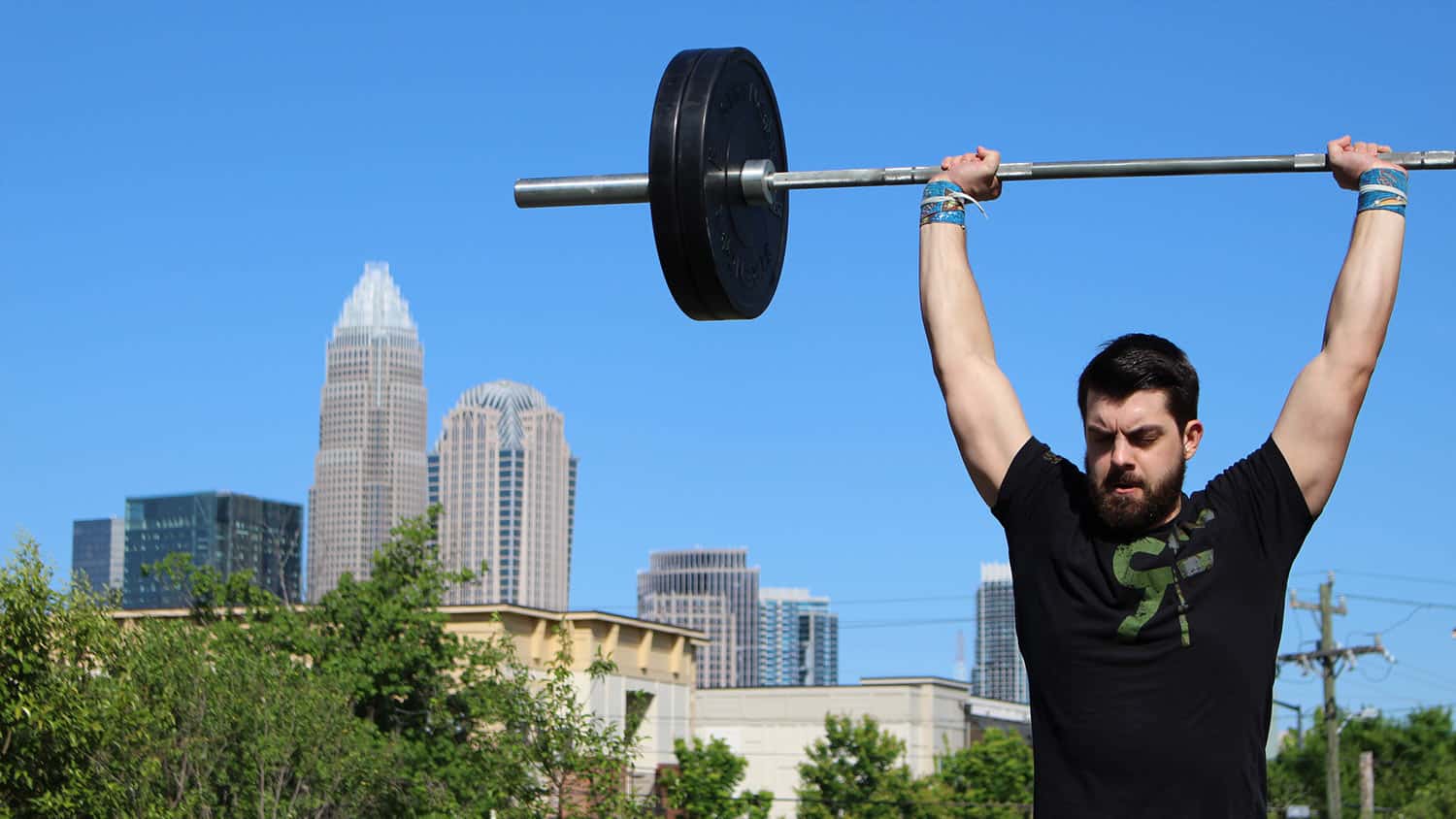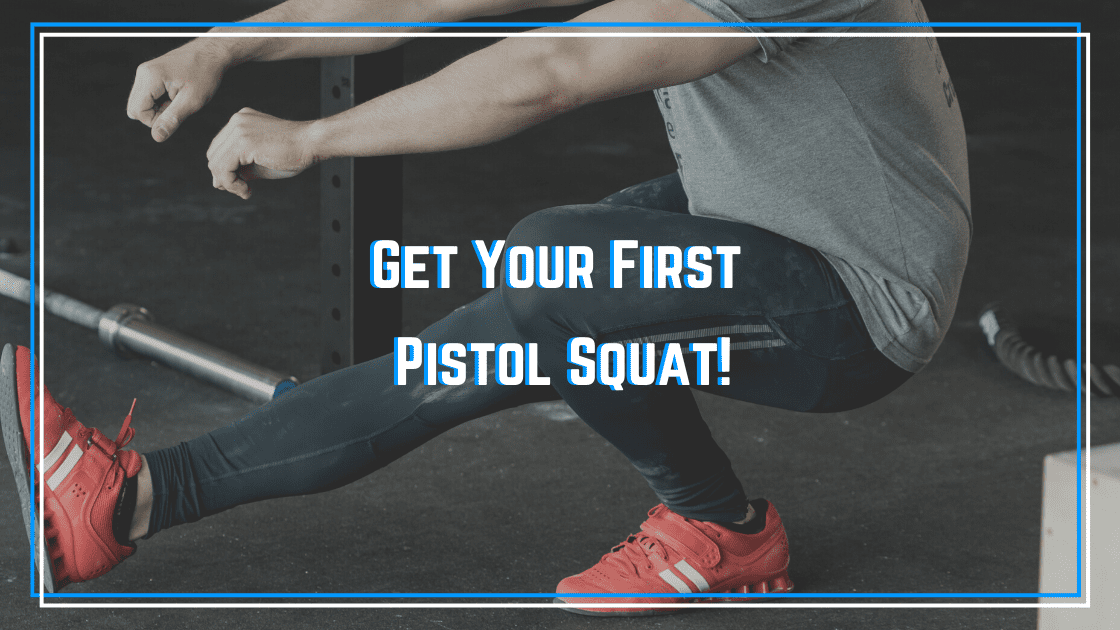
Get Your First Pistol Squat

The pistol squat is a challenging exercise for many athletes due to the strength, balance, coordination, and mobility demands. If you are frustrated with your pistol squat progress, check out this video from Dr. Zach Long (aka The Barbell Physio) which covers a few great pistol squat strength progression exercises.
We also have two recommended programs for athletes trying to develop this skill:
Get Your First Pistol Squat Transcript
Today we’re going to talk about getting your first pistol squat which can be a challenging exercise for a lot of athletes to get because of the balance, coordination, strength and mobility demands of the movement. So, I’m going to give you an exercise progression that will help you build the strength, coordination, and balance specific to the pistol squat exercise.
The first thing that I like to start individuals with when we’re working on improving their pistol is some reverse lunges. Now we’ve all done a reverse lunge where you step back, the back foot touches the ground, you go down to your knee touches, and then stand up. We’re not going to do the standard reverse lunge though because that back leg provides a lot of help in the reverse lunge and we really want to focus on the front leg getting stronger and working on pistol squat specific strength.
So instead, we’re going to point that back foot and we’re going to go down and try to land with a flat shin and then stand up. And as we go up and down we’re trying to not kick this back leg into the ground to raise us up, we’re trying to focus solely on the front leg. As we go down we’re also working on driving that knee forward because that’s better going to simulate the strength demands of the pistol squat. Step two in this is we’re going to do that same thing but instead of going to a flat shin we’re going to keep the shin up the whole time so that the back foot never touches the ground and then squat up and down from there. So, that’s our first progression.
Box Pistol Squats
From there we’re going to go to a box pistol. So we’re going to stand in front of the box. We’re going to do pistol squats where we barely touch the box and stand back up. We can adjust the height of the bench up or down or find a higher or lower surface if we need to increase or decrease the challenge of this movement. Notice when I do this though I am barely touching the box. I am not sitting back on the box and rocking up and down. That won’t build near the strength that you need to progress to an unassisted pistol.
Assisted Pistol Squats
After the box pistol, I’m going to do an assisted pistol squat. So I’m going to get by a rig, rig squat stands anything that’s going to be sturdy that I can hold onto very lightly and we’re going to do a pistol squat where we walk our hands up and down the rig, as we do the pistol squat. So I’m not grabbing the bar and pulling myself up, I’m just barely tapping and allowing that to provide some balance assistance while I train through the full range of motion and work on my strength. So we’re just getting rid of some of the balance demands of the pistol squat.
Counterbalance Pistols
Next up we can progress towards a counterbalance pistol. So the balance demands of this squat are difficult so oftentimes holding a five or 10-pound weight out in front of us as we do a pistol squat can make it significantly easier to perform the rep. So I typically start somebody with a five or 10-pound plate and then progress them down in that weight. So a lighter weight actually becomes a little bit more challenging from a balance perspective and so maybe we go from a 10 pounder t a five pounder to a two and a half pounder. And next thing you know you’ll be cranking out unassisted pistol squats in your workouts. I hope that helps.
As always check out performanceplusprogramming.com where we have our pistol squat jackpot program which is a four-week program designed to build your strength, control, coordination, and mobility specific to the pistol squat.




